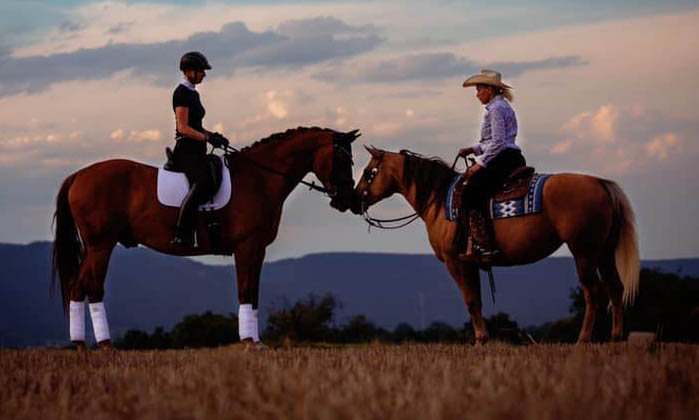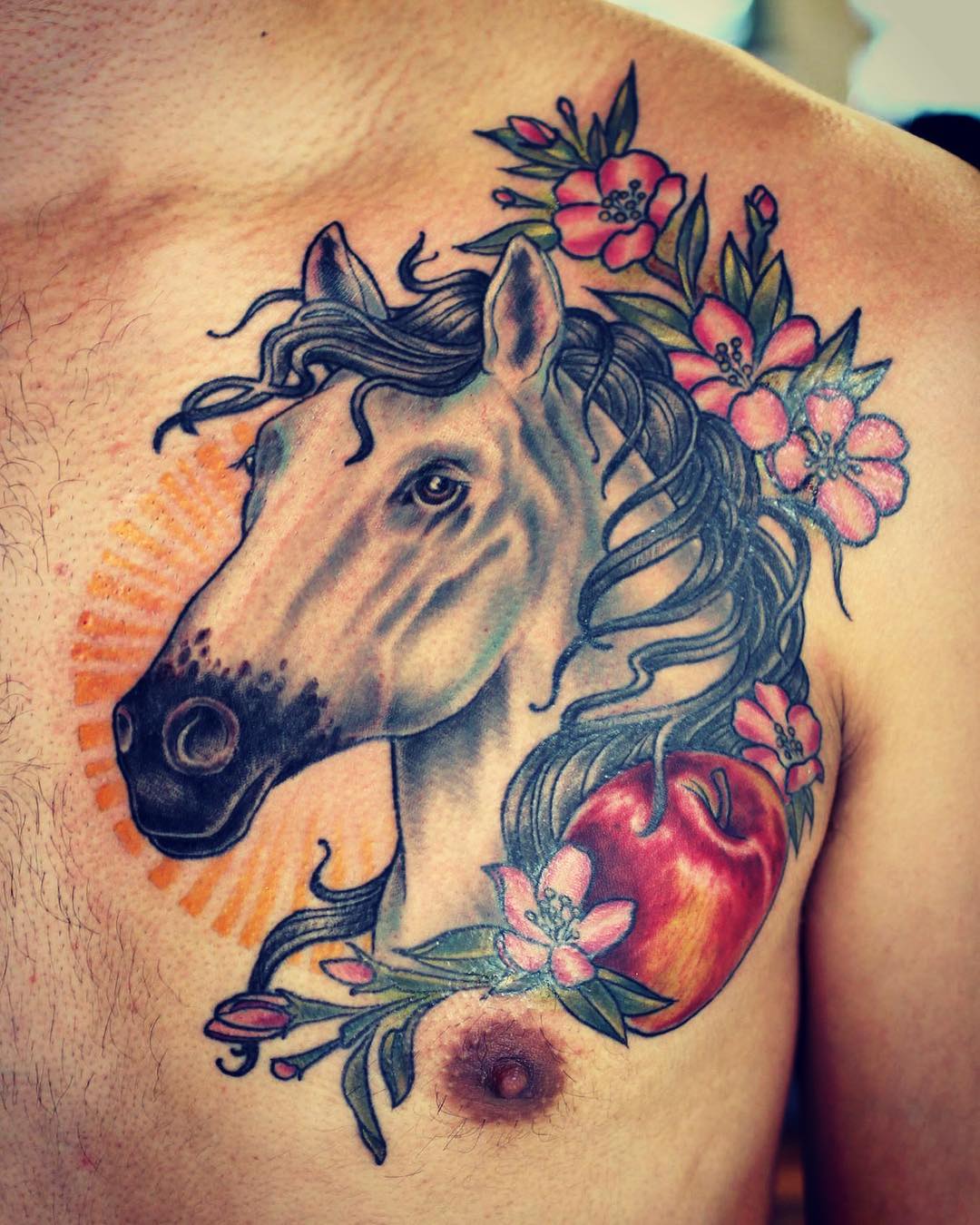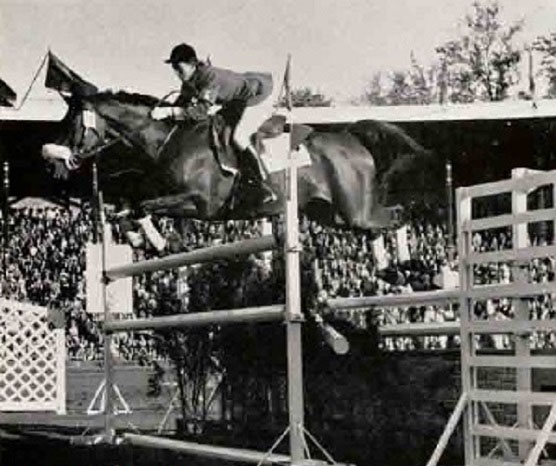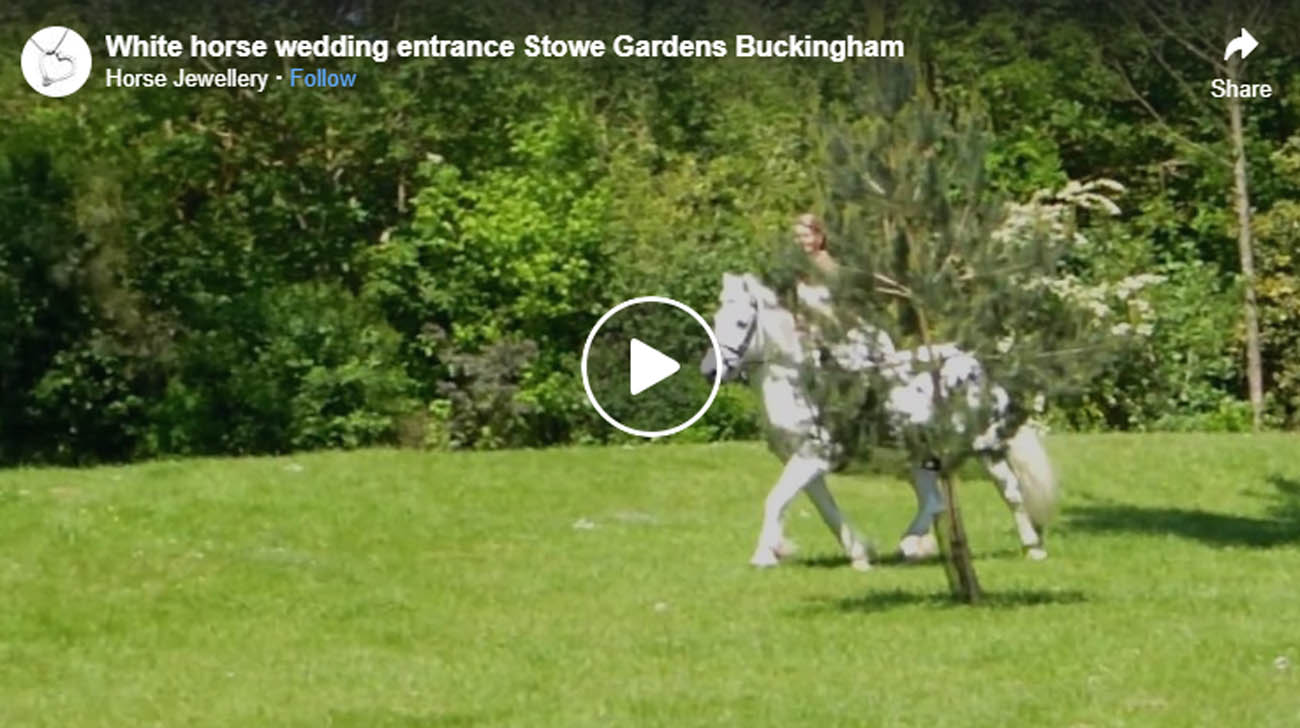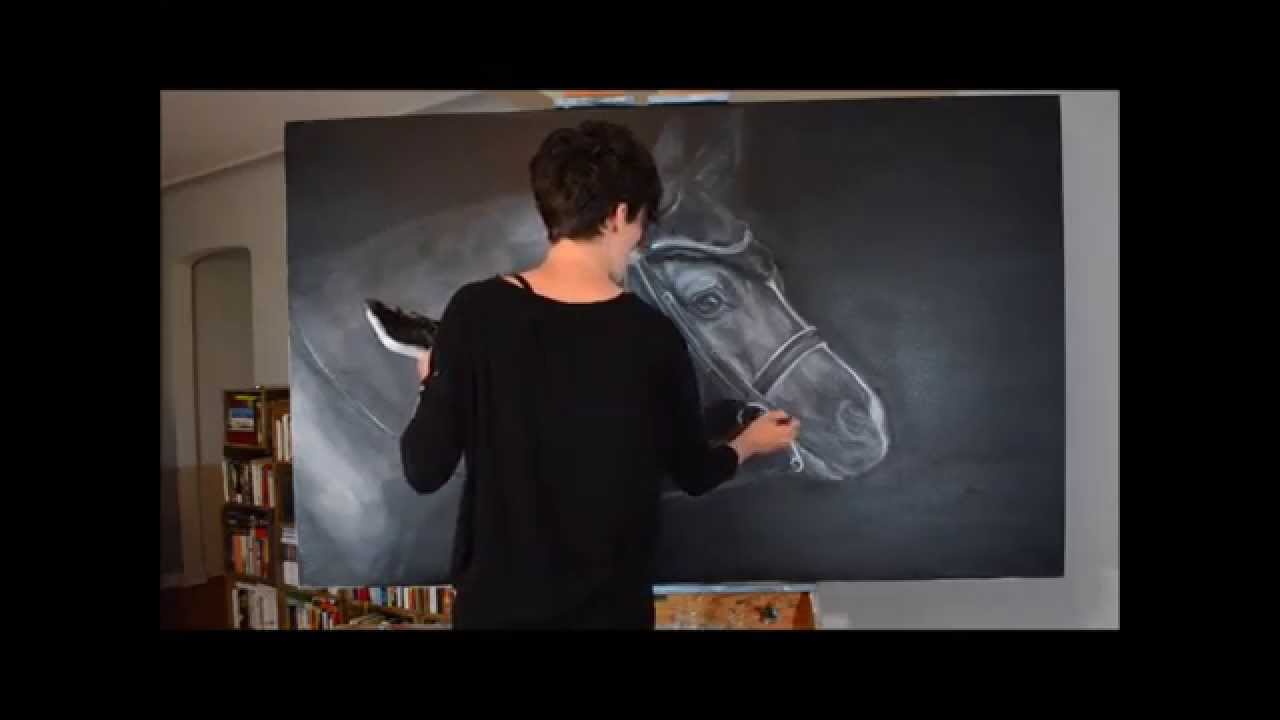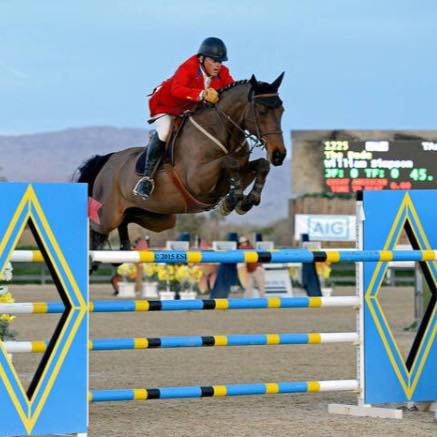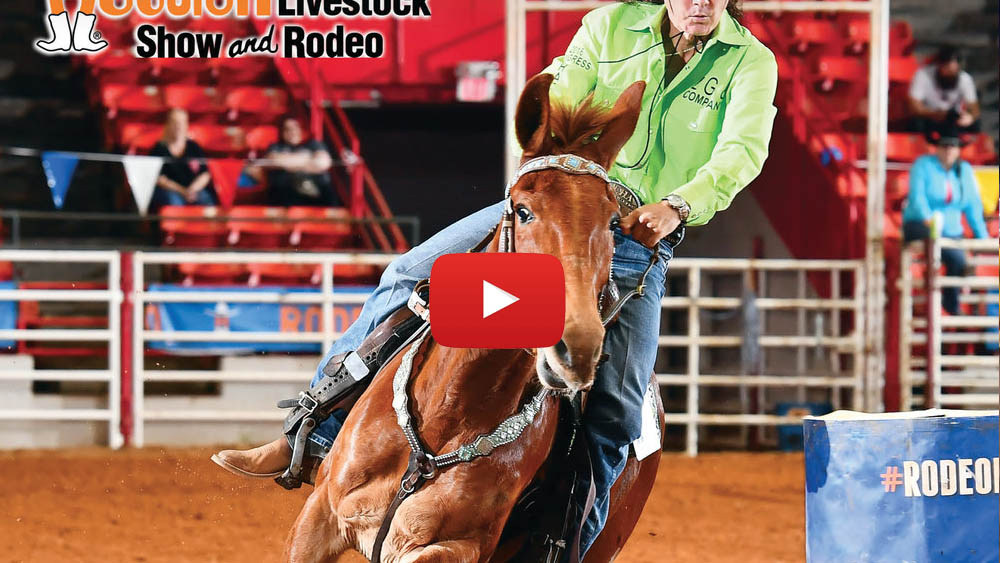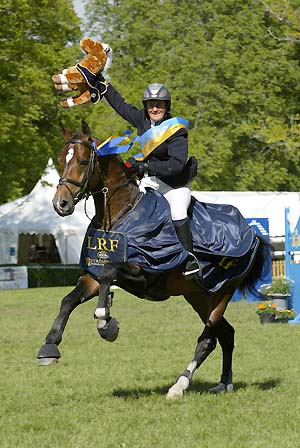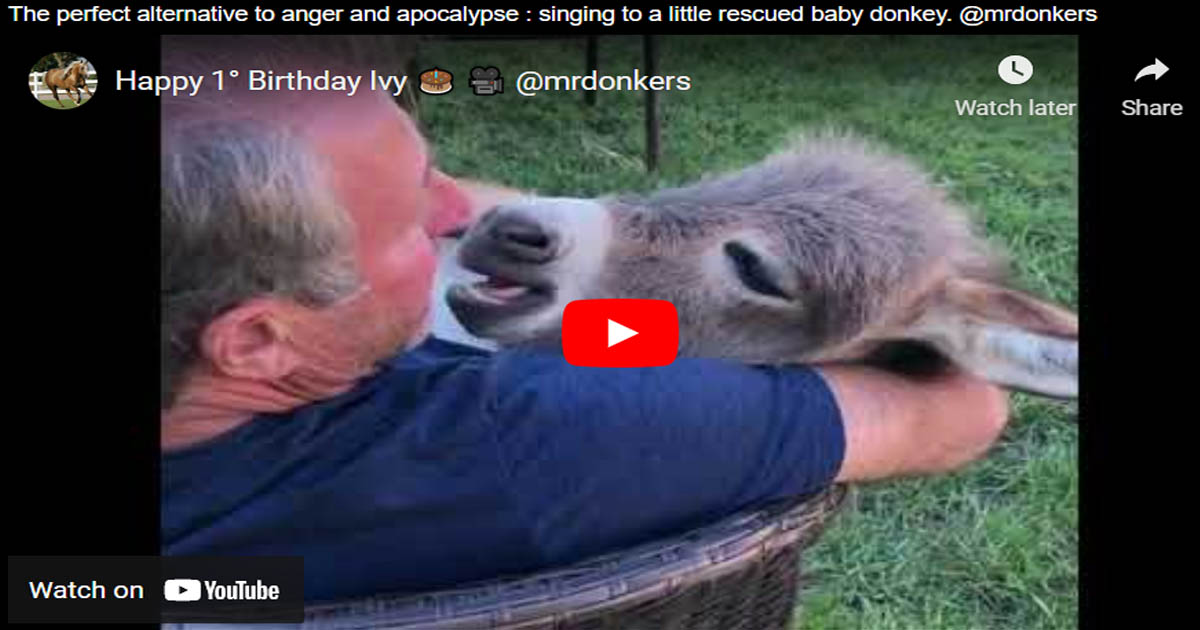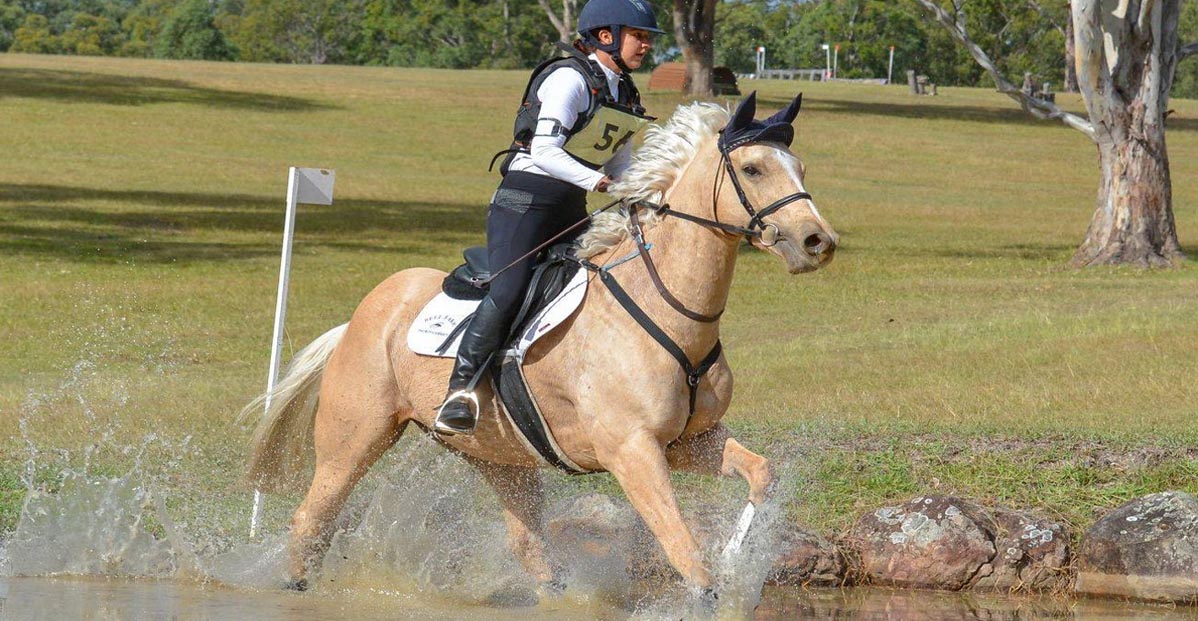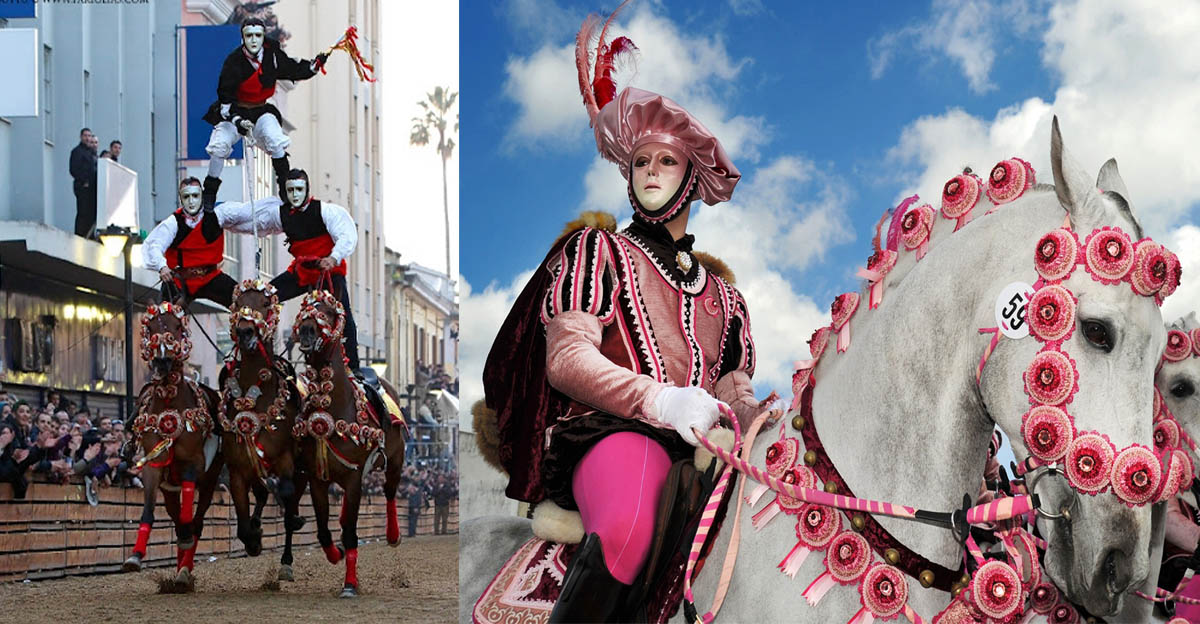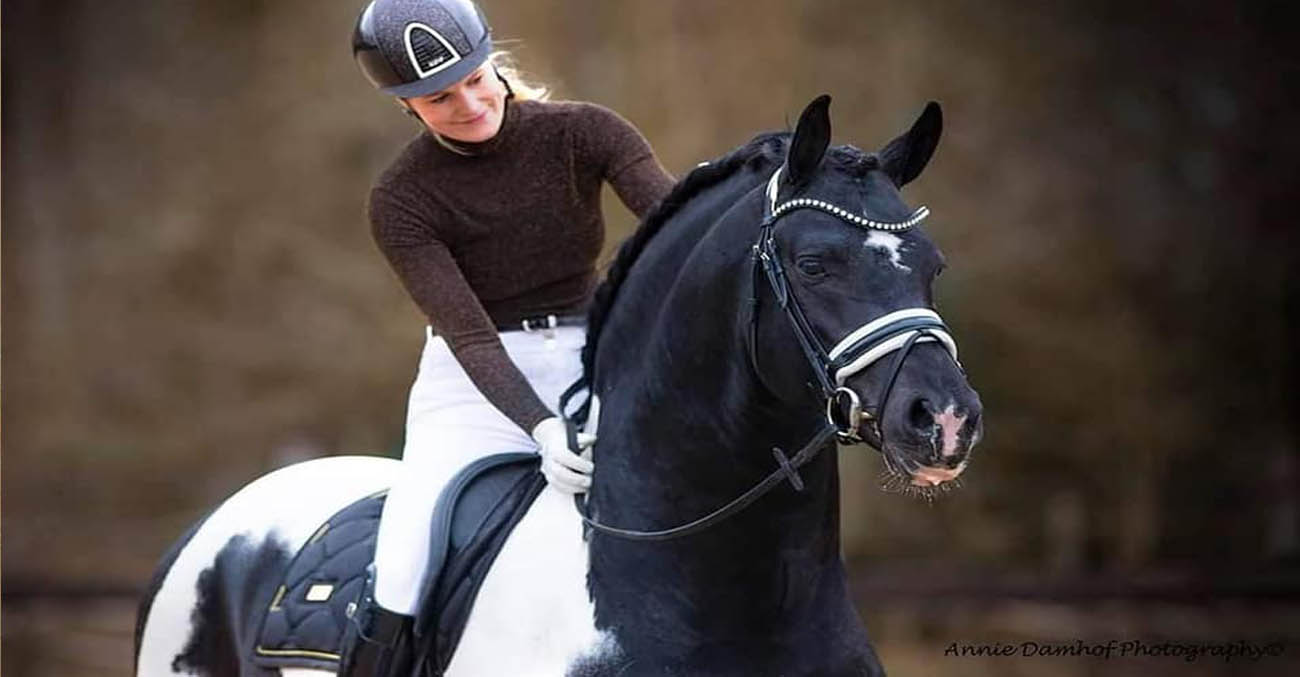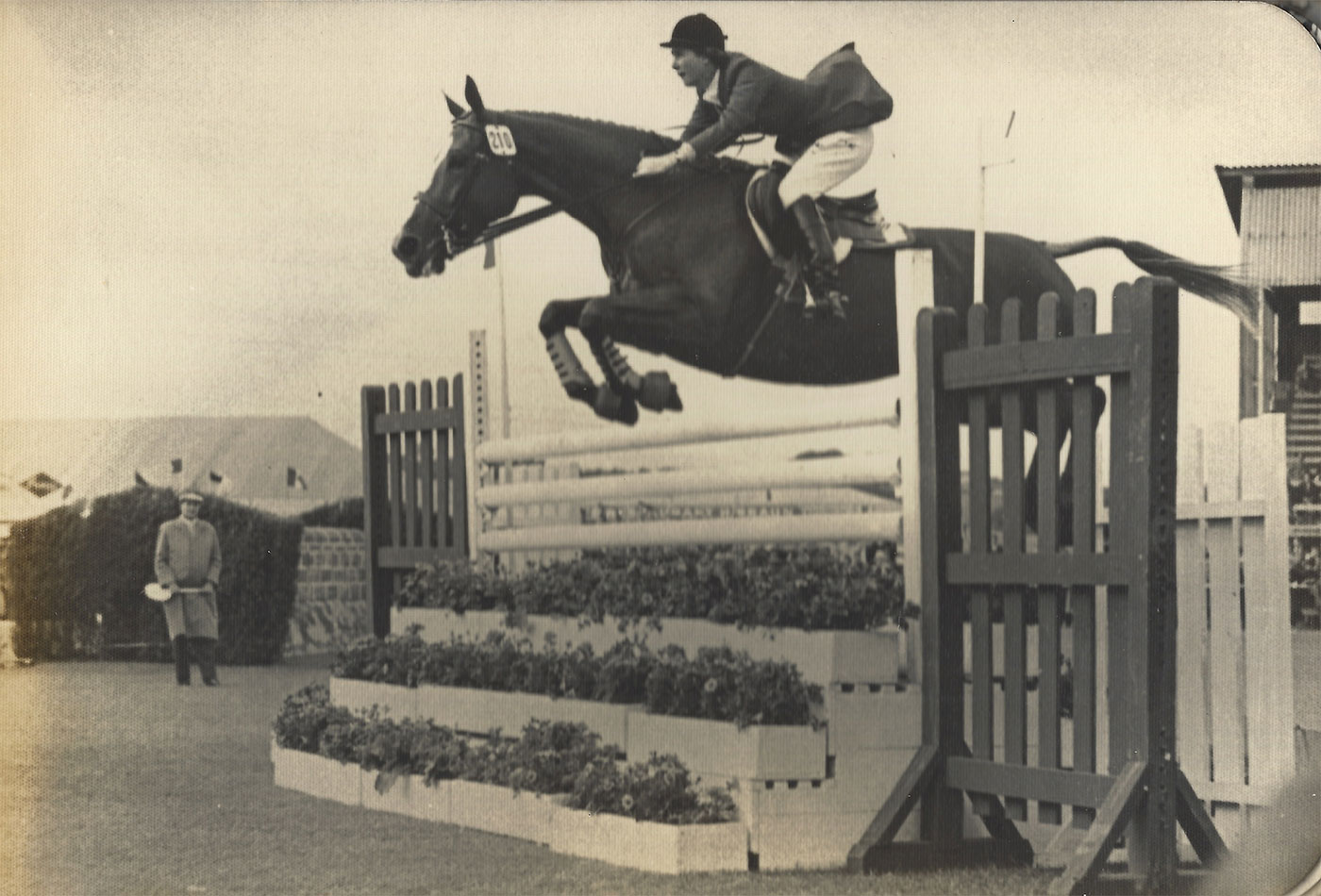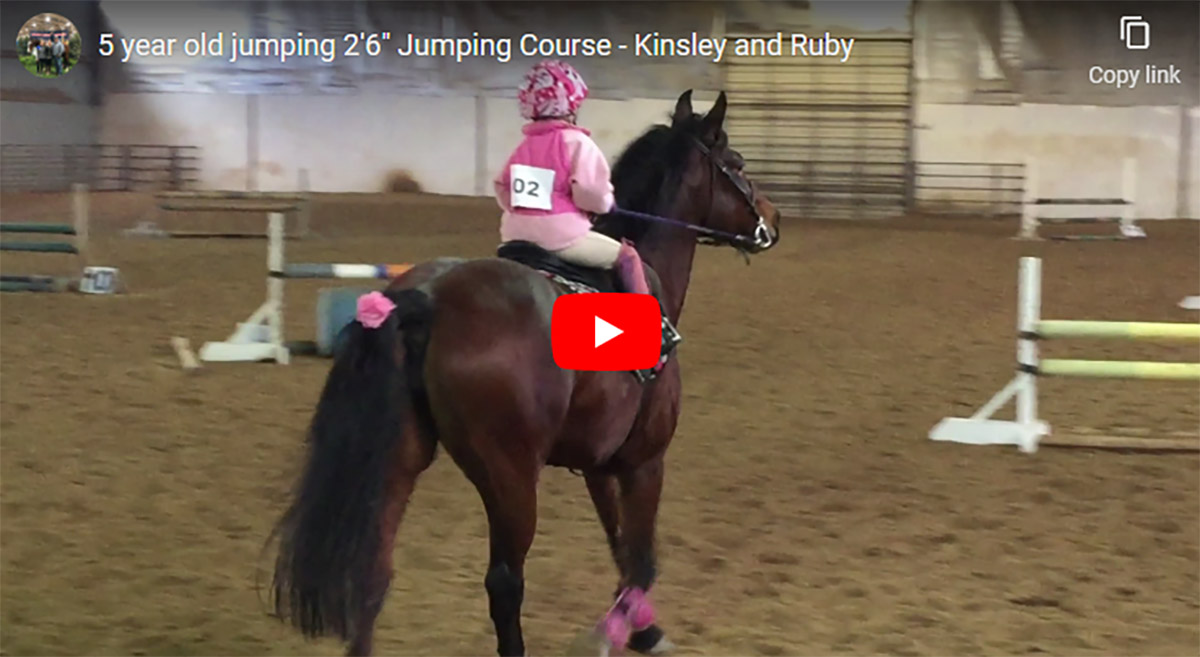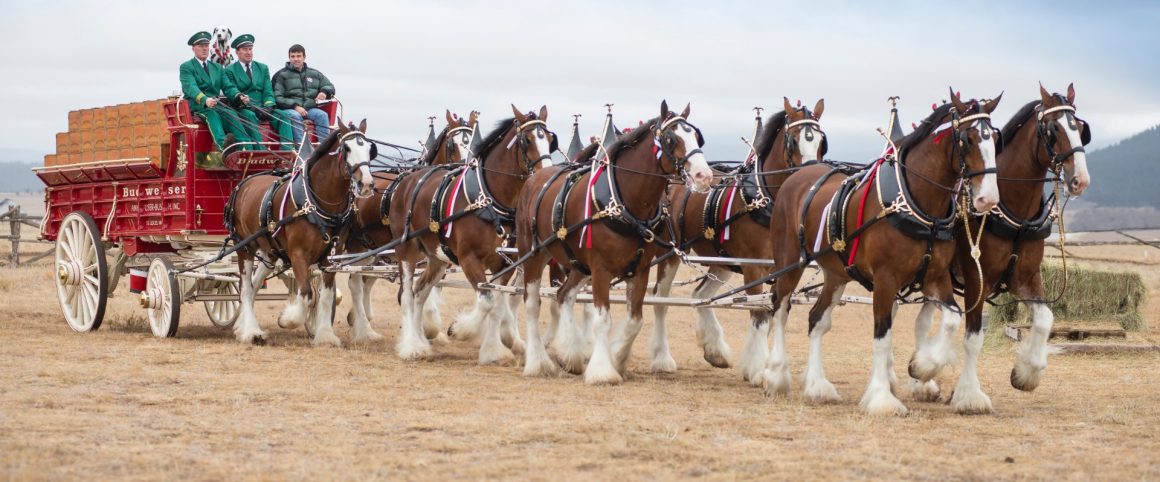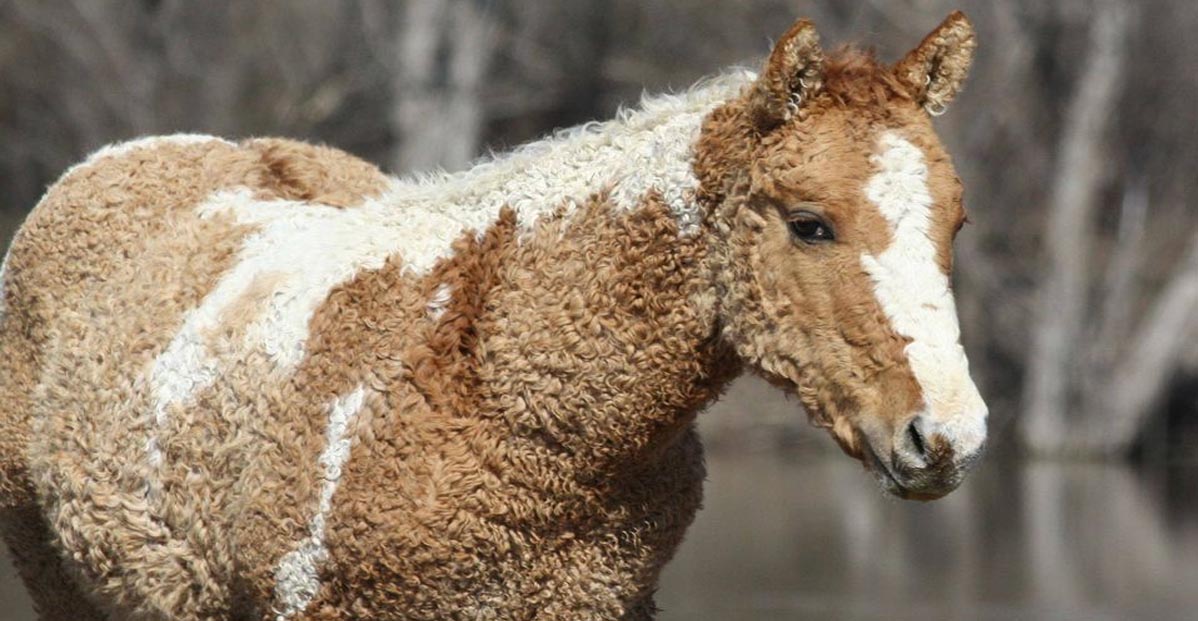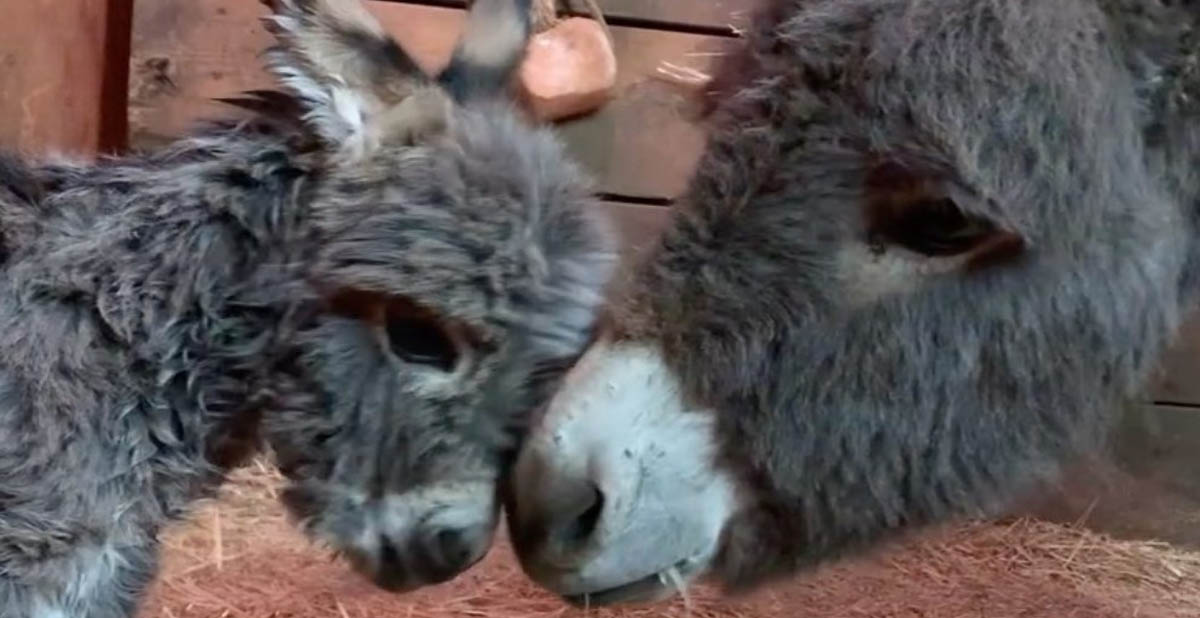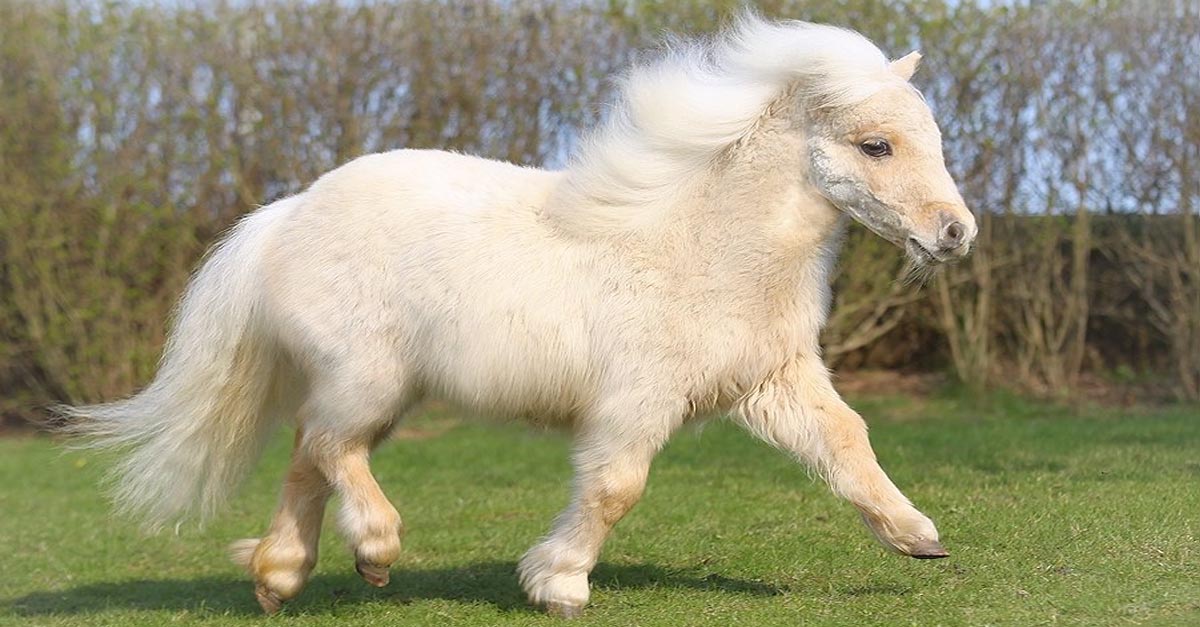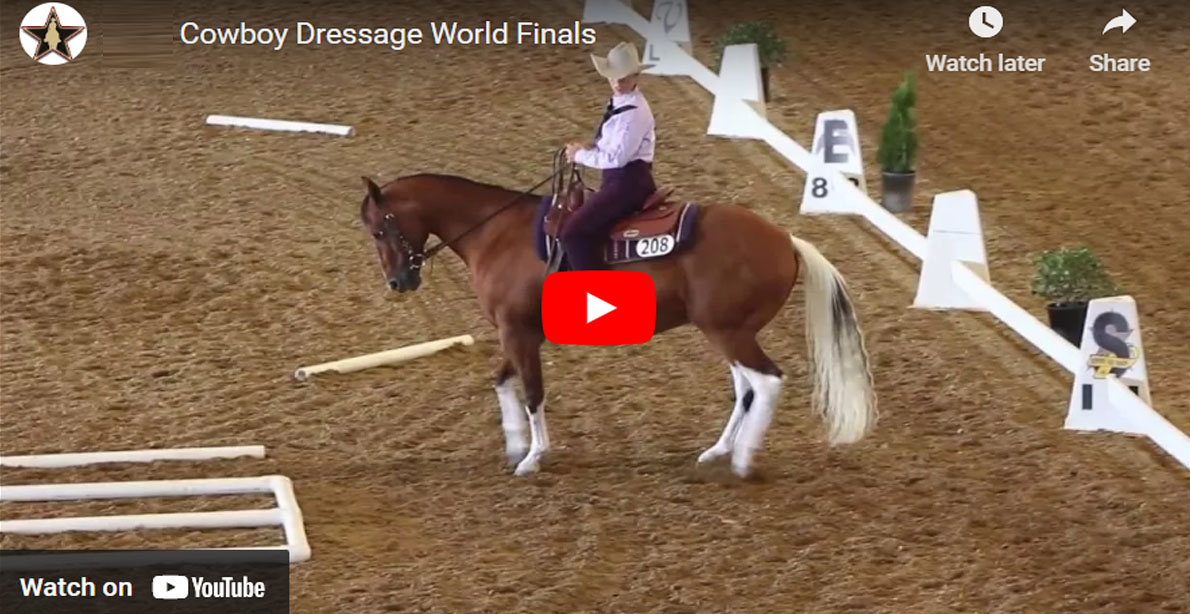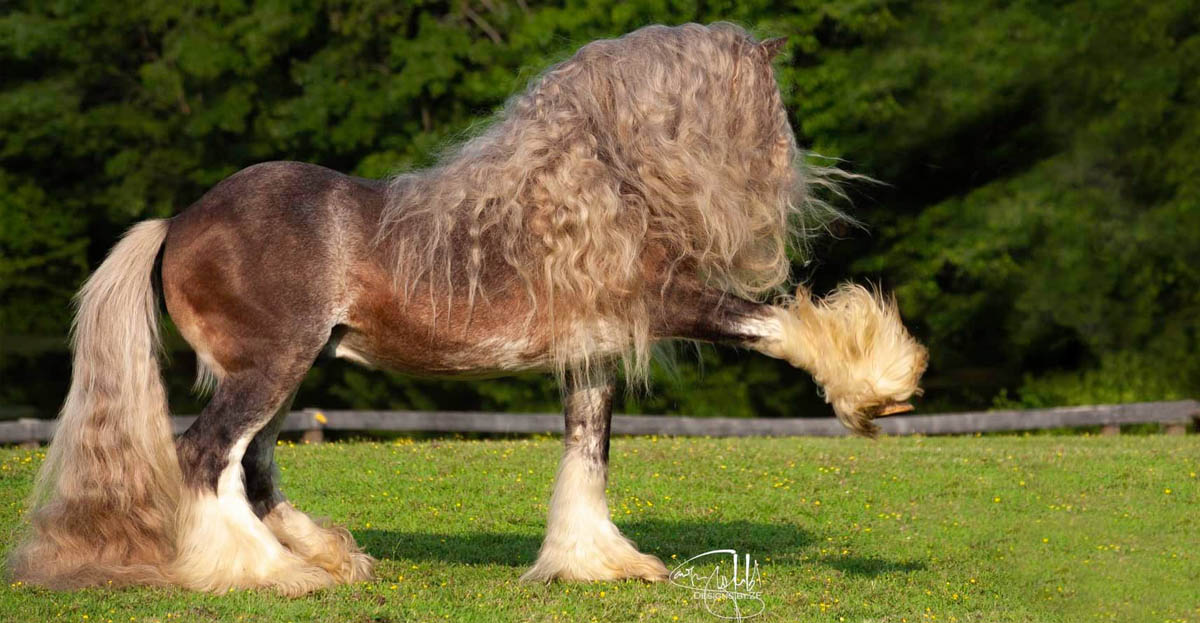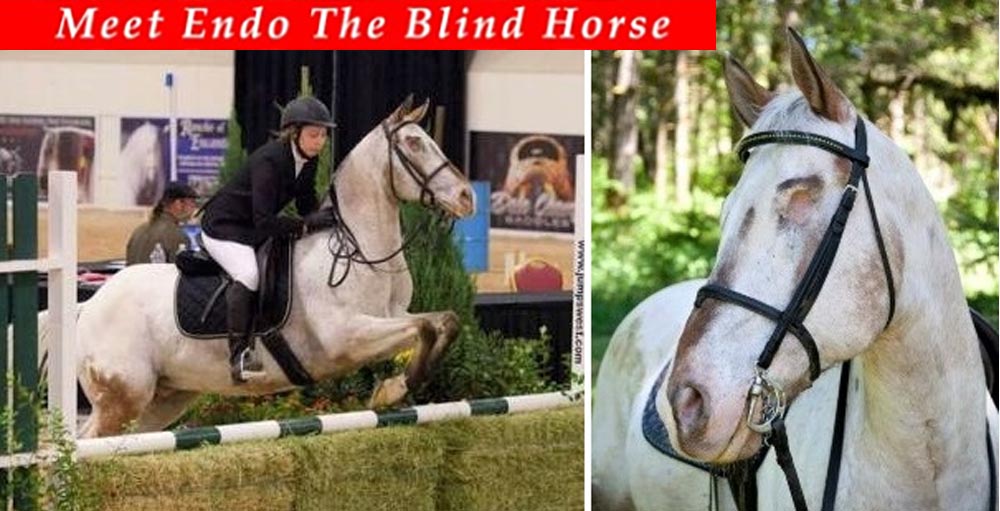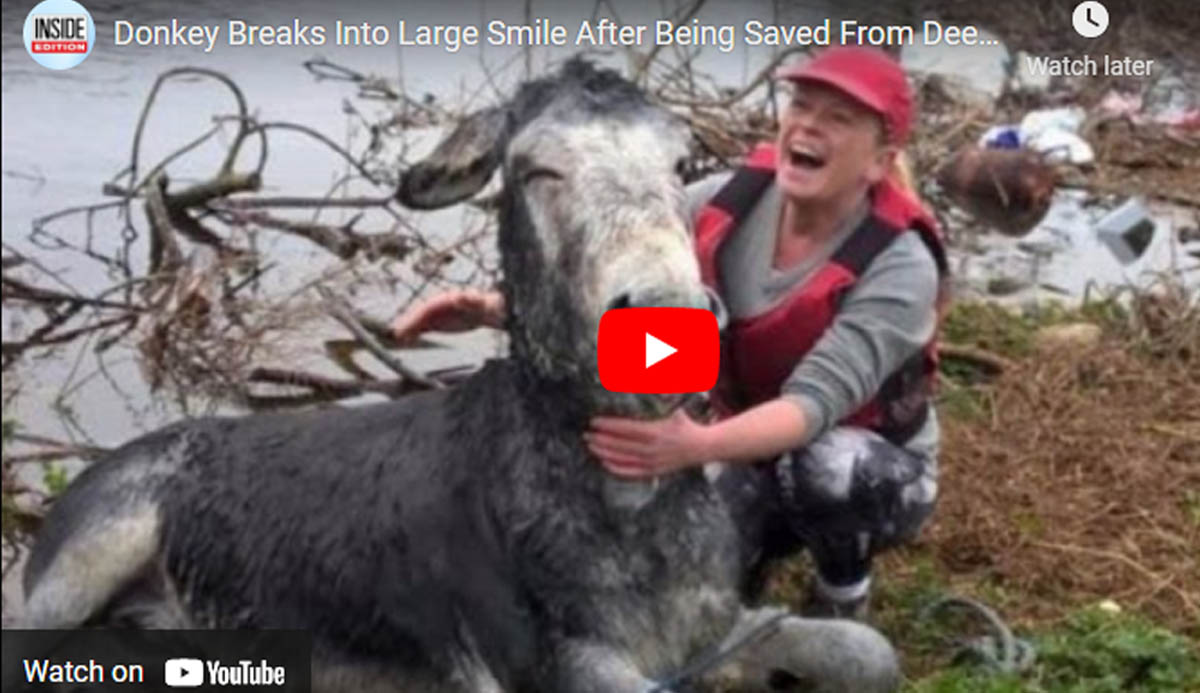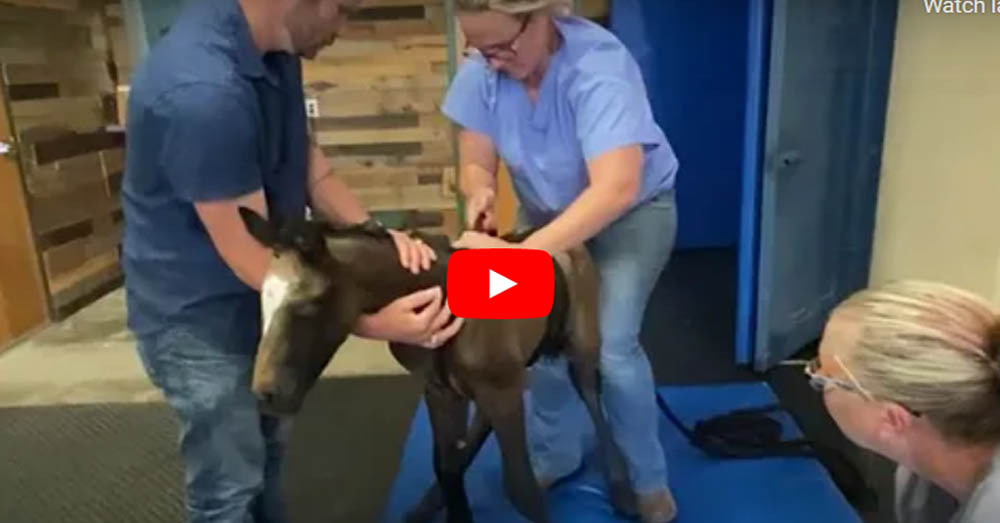Gianni Govoni
Gianni Govoni is an international showjumping rider with numerous FEI wins and placing with a number of different horses, below you can watch Gianni Govoni in action jumping in Verona, Spain with his talented jumping horse Queen Z. Gianni Govoni represented Italy at two olympic games the 2000 olympics in Sydney riding Las Vegas finishing 18th individually and the 1992 Barcelon Olympics with his horse Larry in 2002 he was placed 5th in the world equestrian games riding Loro Piana Havina.
Horse Riding Holidays
Q. Can you tell me if ‘on the bit’ is the same as ‘working in an outline’. These are terms my instructor uses, but I’m not sure what they mean. Please can you explain them?
The question of is ‘on the bit’ the same as ‘working in an outline’ is a complex subject that goes way beyond contact in the reins between horse and rider. These are terms which can be used loosely and are very ambiguous. However, I shall endeavour to give an answer – my interpretation of a rather grey area. On the bit
Where to begin? Well, I’ll start with the Federation Equestre Internationale (FEI) Dressage Rulebook, which was translated into English in the 1920s, whose definition I quote . . .
“In all his work, even at the halt, the horse must be ‘on the bit’. A horse is said to be ‘on the bit’ when the hocks are correctly placed, and the neck is more or less raised and arched according to the stage of training and the extension or collection of the pace, and he accepts the bridle with a light and soft contact and submissiveness throughout. The head should remain in a steady position, as a rule slightly in front of the vertical, with a supple poll at the highest point of the neck, and no resistance should be offered to the rider.”
In the original text, nowhere do we find anything close to our statement of ‘on the bit’. It is only used as a translation for lack of any other term, and was created without really understanding the meaning. This expression ‘on the bit’ should encourage better terms, such as ‘acceptance of the aids’, ‘being through’, ‘connection’, ‘lightness’, ‘self-carriage’, ‘swinging back’, ‘balance’ and ‘engagement’. However, more often than not, this expression focuses on head carriage and the frame in front.
Instead, the frame in front should express the engagement from the hind legs and not the result of hanging on the reins.
Outline As far as ‘working in an outline’ is concerned, a horse must go forward with a regularity and rhythm which suits his natural pace. Then it is time to regulate the outline by encouraging the horse to accept a connection with your hands evenly on each side, and to begin to lower his hindquarters and push forwards into the bridle.
This doesn’t mean you pull the horse into an outline, but you indicate the way you would like him to carry himself. How a horse can carry itself in an outline varies – ie, long and low as a warm-up and cool down, to stretch and raise the horse’s back and help to supple him.
Once the horse seeks the contact in a forward direction, he may be encouraged to take more weight in his hind legs, raising his neck and lightening his shoulders until the poll is the highest point.
This is collection and is asked for after you’ve achieved the ‘Scales of Training’, in order of . . .
rhythm; suppleness; contact; impulsion; straightness; collection.
The whole package You wouldn’t ask for collection on a young horse, which wouldn’t have the strength or muscular development to carry himself in this position. Outline could only be achieved by pulling the horse together so he balances on the reins.
To summarise, ‘on the bit’ is the whole package of the horse’s way of going and ‘being in an outline’ is the horse’s ability to carry himself, according to his age and training. Hope that helps!
image: red and blue end cap
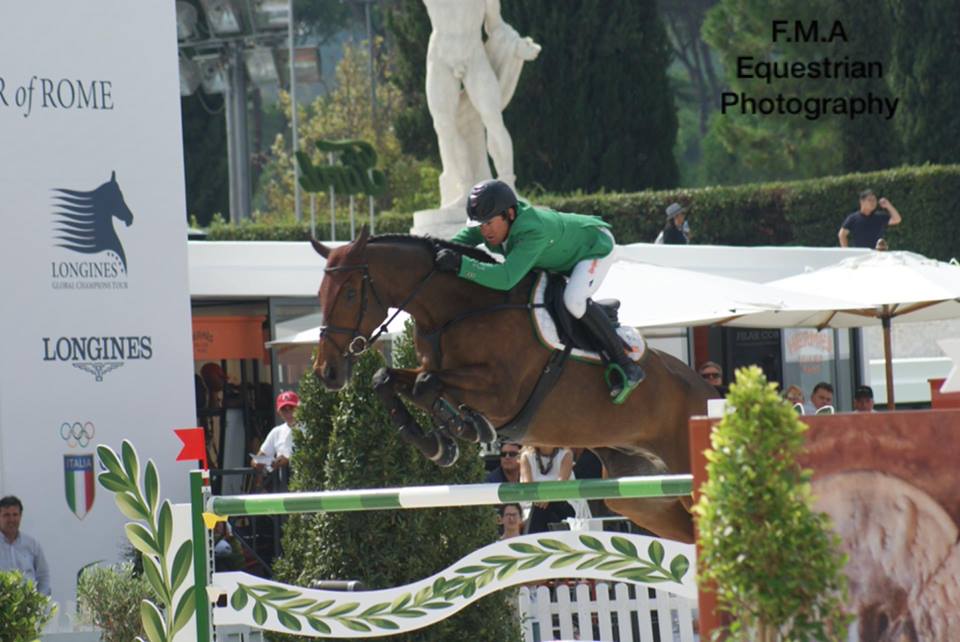
Horse Riding Holidays
Q. Can you tell me if ‘on the bit’ is the same as ‘working in an outline’. These are terms my instructor uses, but I’m not sure what they mean. Please can you explain them?
The question of is ‘on the bit’ the same as ‘working in an outline’ is a complex subject that goes way beyond contact in the reins between horse and rider. These are terms which can be used loosely and are very ambiguous. However, I shall endeavour to give an answer – my interpretation of a rather grey area. On the bit
Where to begin? Well, I’ll start with the Federation Equestre Internationale (FEI) Dressage Rulebook, which was translated into English in the 1920s, whose definition I quote . . .
“In all his work, even at the halt, the horse must be ‘on the bit’. A horse is said to be ‘on the bit’ when the hocks are correctly placed, and the neck is more or less raised and arched according to the stage of training and the extension or collection of the pace, and he accepts the bridle with a light and soft contact and submissiveness throughout. The head should remain in a steady position, as a rule slightly in front of the vertical, with a supple poll at the highest point of the neck, and no resistance should be offered to the rider.”
In the original text, nowhere do we find anything close to our statement of ‘on the bit’. It is only used as a translation for lack of any other term, and was created without really understanding the meaning. This expression ‘on the bit’ should encourage better terms, such as ‘acceptance of the aids’, ‘being through’, ‘connection’, ‘lightness’, ‘self-carriage’, ‘swinging back’, ‘balance’ and ‘engagement’. However, more often than not, this expression focuses on head carriage and the frame in front.
Instead, the frame in front should express the engagement from the hind legs and not the result of hanging on the reins.
Outline As far as ‘working in an outline’ is concerned, a horse must go forward with a regularity and rhythm which suits his natural pace. Then it is time to regulate the outline by encouraging the horse to accept a connection with your hands evenly on each side, and to begin to lower his hindquarters and push forwards into the bridle.
This doesn’t mean you pull the horse into an outline, but you indicate the way you would like him to carry himself. How a horse can carry itself in an outline varies – ie, long and low as a warm-up and cool down, to stretch and raise the horse’s back and help to supple him.
Once the horse seeks the contact in a forward direction, he may be encouraged to take more weight in his hind legs, raising his neck and lightening his shoulders until the poll is the highest point.
This is collection and is asked for after you’ve achieved the ‘Scales of Training’, in order of . . .
rhythm; suppleness; contact; impulsion; straightness; collection.
The whole package You wouldn’t ask for collection on a young horse, which wouldn’t have the strength or muscular development to carry himself in this position. Outline could only be achieved by pulling the horse together so he balances on the reins.
To summarise, ‘on the bit’ is the whole package of the horse’s way of going and ‘being in an outline’ is the horse’s ability to carry himself, according to his age and training. Hope that helps!
image: red and blue end cap





